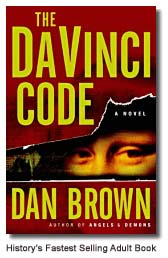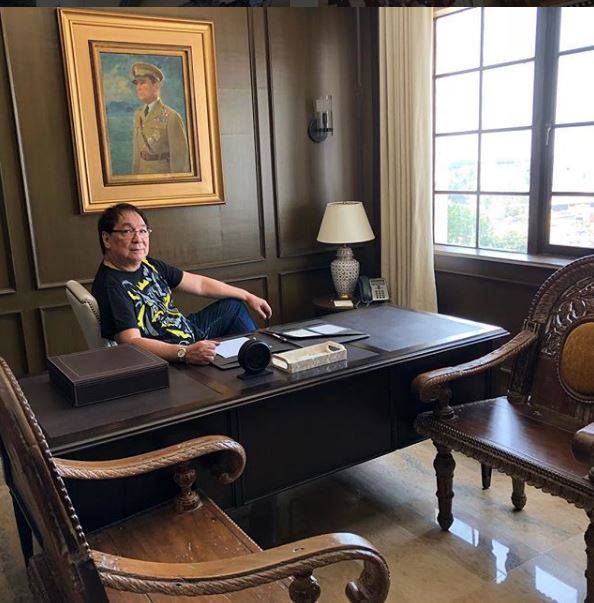

It creates an immersive and intriguing setting all too similar to our reality, but with facts that should be taken with a grain of salt. There is speculation on what truly happened during the Council of Nicea, the belonging of historical figures to secret societies and the location of the Holy Grail itself. The novel is a magnificent red-string corkboard, a conspiracy theory where fiction masquerades as fact all too easily, and the lines between fact and fiction become blurred. It is important to remember, though his book is impressively well-researched, it is still a work of fiction. Likewise, concepts such as the golden ratio Phi and the Fibonacci sequence play a role in breaking the ciphers and solving the mysteries in The Da Vinci Code. Mary Magdalene and the Holy Grail are often a subject of discussion and are entwined with the plot.

Christian canon is essential to the plot of the book, as are the Catholic Church’s interactions with pagan religions. The author, Dan Brown, is the son of a church organist and a mathematician, and his upbringing is evident in his book. It’s a perfect book to unwind with when seeking some escapism. Readers are always left wondering, “What will happen next?” While not a significantly impactful or poignant story, it is an enjoyable read that proves difficult to put down.

It becomes so easy to get lost in the tangled mysteries offered in the novel as each new clue brings into focus a new piece of the puzzle. The language is not overly flowery or complicated, which allows the multifaceted, fast-paced plot to shine. The novel is a page-turning thriller that provides a fantastic escape into a world of puzzles and codes. Secret societies, hidden symbolism and the coded works of Leonardo Da Vinci all play a part in the web of secrets and clues they are trying to unravel in The Da Vinci Code. Racing against his murderer and the police, they are led on a chase throughout Western Europe. Professor of symbology Robert Langdon, along with cryptologist Sophia Neveu, are the only ones who might be able to piece together the dead man’s clues. His dying wish: for the secret to not die with him. He leaves behind the last clues to hidden knowledge of the odd circumstances of his death. His body lies spread-eagle across the floor with a bullet wound just below his breastbone, a pentagram drawn in blood on his chest and a marker clutched in one hand. You see, the curator of the Louvre is dead. Old secrets, whose truths have been buried for centuries.Īnd an uncanny corpse on the floor of the Louvre. Secrets people will kill to learn, will die to keep. Dan Brown’s The Da Vinci Code starts with a murder.


 0 kommentar(er)
0 kommentar(er)
